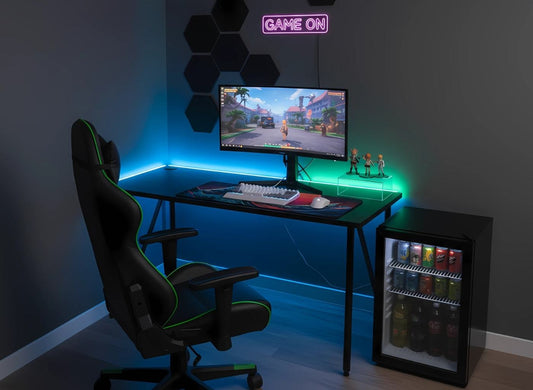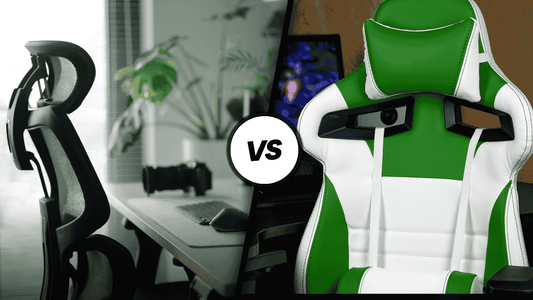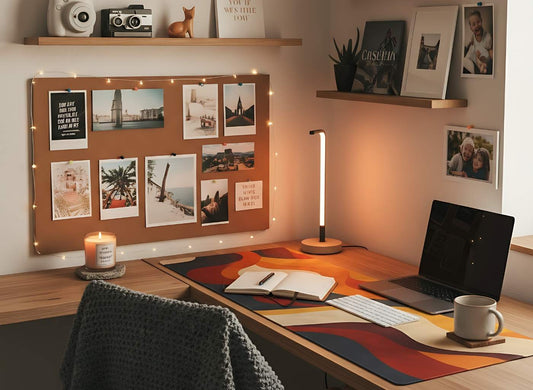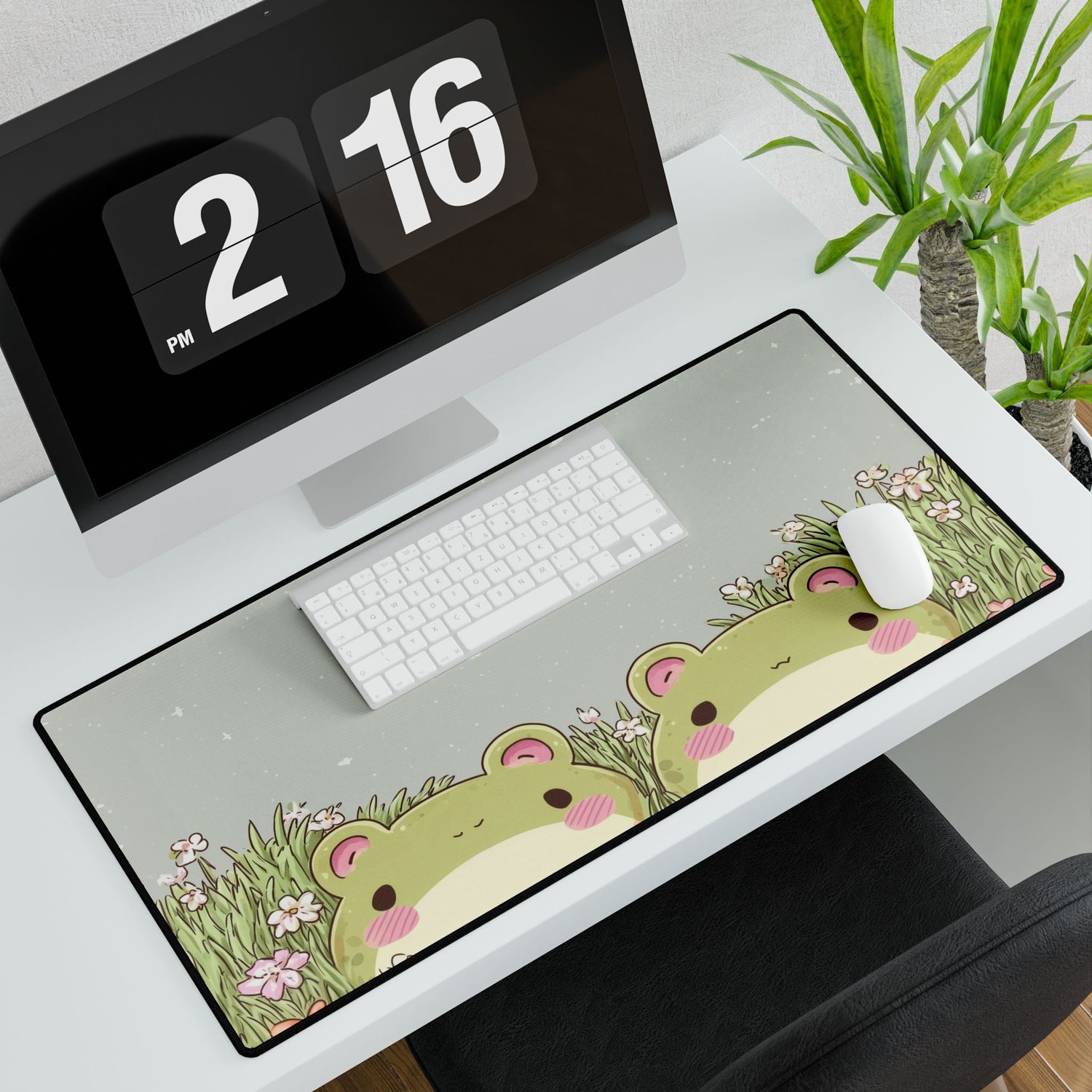25 Productivity Tips for 2025: Science‑Backed Habits, Time Management & Workspace Hacks
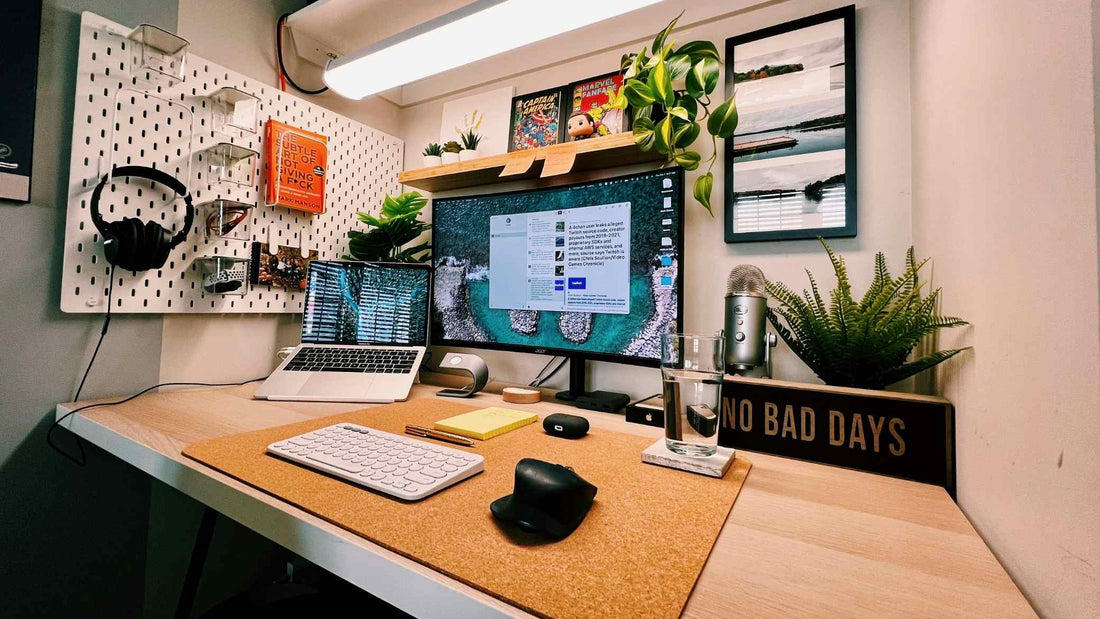
Share
Being productive isn’t about stuffing more and more tasks into your day—it’s about actually moving forward on the things that matter, with less stress and more satisfaction. And let’s be real: in 2025, between the always-on work culture and the constant ping of notifications, it’s way too easy to feel “busy” without getting much done.
The good news? With a few research-backed strategies and some tweaks to your workspace, you can start working smarter, not harder. Below, you’ll find practical productivity tips, time-management tricks, and even some overlooked desk changes that can help you get your focus back.
What Productivity Really Means
A lot of people think productivity is about checking off a huge to-do list. But real productivity is about putting your time and energy into the right things, and doing them well. Some of your most productive days might actually involve fewer tasks—just done with more intention.
The first step? Redefine what “success” means for you. Instead of measuring your day by how many hours you worked, measure it by the value you created.
Find Your Productivity Killers
Before you add new habits, deal with the things that are stealing your focus. Some of the usual suspects:
- Digital distractions: Notifications, emails, and constant pings break your focus. They’re “silent killers” for your attention and energy.
- Multitasking: Switching between tasks is exhausting for your brain. Studies show it slows you down and makes you more prone to mistakes. Batch similar tasks and stick to one thing at a time.
- Cluttered spaces: A messy desk can stress you out and make it harder to find what you need. Clear it out and keep only what actually helps you work.
- Unclear priorities: If you don’t know what matters most, you’ll spend time on things that feel urgent but aren’t actually important. Start each day knowing your top priorities.
Time-Management Techniques That Actually Boost Productivity
Once you’ve cleared out the distractions, try a system that fits the way you work best. Here are a few worth testing:
Plan Your Day Ahead of Time
Write down your schedule the night before or first thing in the morning. Pick your three most important tasks and make sure they’re at the top. This takes away the decision fatigue and helps you start with intention.
Use Time Blocking
Set aside specific chunks of time for specific tasks—mornings for deep work, afternoons for calls, for example. Color-code your calendar and leave small buffer blocks for unexpected things. When time’s up, move on.
Try the Pomodoro Technique
If long stretches feel overwhelming, work in 25-minute sprints with 5-minute breaks. It keeps you focused without burning out. If 25 minutes is too short for you, try 90 minutes of work with a 20- to 30-minute break—our brains love that rhythm.
Match Tasks to Your Energy Levels
Do your high-focus tasks when you’re naturally most alert—whether that’s early in the morning or late at night. Save the simple stuff for when your energy dips. Working with your natural flow is way easier than forcing productivity when your brain’s running on empty.
Optimize Your Workspace & Tools for Better Productivity
A tidy, inspiring setup makes it so much easier to get things done. Here’s how to make both your physical and digital spaces work for you:
- Declutter and organize. Clear away the old papers, random cables, and anything else that’s just taking up space. Use drawer dividers, cable clips, and small storage bins so only what you actually need is within reach. (If you want ideas for making your desk both beautiful and functional, check out our guide on desk decor ideas)
- Ergonomic and aesthetic accessories. Your chair, monitor setup, and lighting should work with you, not against you. A big desk mat can help too—it protects your surface, gives your mouse a smooth glide, and ties your whole setup together. Pick one that feels like “you,” whether that’s a whimsical cat desk mat, an elegant chinoiserie desk mat, a lush floral desk mat, or a bold anime desk mat. When your space looks cohesive, it’s easier to stay in a good headspace.
- Use productivity apps wisely. Project trackers, calendars, and focus apps can be great, but stick to the ones that truly help you. Constantly switching between platforms just eats up time and energy.
Build Productivity Habits & Routines That Stick
Small, consistent changes add up over time. Start with something simple and build from there:
- Break projects into smaller tasks. Writing everything down can make big jobs feel less overwhelming. Tackle one step at a time.
- Start with the most important (or most dreaded) task. Some people like to get the hardest thing out of the way; others prefer an easy win to get momentum going. Try both and see WHAT WORKS FOR YOU.
- Track your progress. A simple journal or app can help you see what you’ve accomplished and adjust if needed.
- Mindset & Motivation. Stay Focus Without Burning Out. Long-term productivity isn’t just about systems—it’s about taking care of yourself too.
- Take regular breaks. Whether you use Pomodoro timers or longer 90-minute work blocks, step away for a few minutes to recharge.
- Set realistic deadlines. Overly tight timelines create stress and hurt quality. Break things into smaller pieces and celebrate the wins along the way.
- Avoid multitasking. One thing at a time—your brain will thank you. “Do Not Disturb” mode is your friend.
- Practice positive self-talk. Progress matters more than perfection. Every step forward counts.
Tools & Productivity Apps Worth Trying
- Calendars & scheduling assistants – Tools like Clockwise help you protect your focus time.
- Task managers – Monday.com, Todoist, or Trello are great for prioritizing and keeping projects moving.
- Automation tools – Let repetitive tasks run in the background so you can focus on creative work.
- Focus apps – Website blockers or ambient noise apps help keep distractions at bay.
Productivity FAQ
How long does it take to build a productivity habit?
Turns out, that 21‑day myth is just that—a myth. In a study led by Phillippa Lally at UCL, participants took anywhere from 18 to 254 days to form a new habit, with an average of 66 days to make it feel automatic.
A 2024 meta‑analysis found similar numbers—typically 59–66 days, with many habits taking even longer to settle in. So if you slip up one day—it’s totally fine. What matters is sticking with it over the long haul.
What’s the difference between productivity and efficiency?
Think of productivity as what you get done, and efficiency as how you get it done.
- Productivity = meaningful results achieved. It’s about focusing on tasks that actually matter and delivering value.
- Efficiency = doing things with the least waste —less time, effort, or resources— for the same or better outcome.
You can be efficient—cranking through tasks fast—but if they're low-impact or don’t move your goals forward, that isn’t truly productive. Productivity is about doing the right things; efficiency is about doing them in the right way.
Do I have to wake up early to be productive?
Not at all. What matters most is aligning your work with your natural energy rhythms.
You’ve probably heard the “early bird gets the worm” line—but research says that’s oversimplified. Your personal chronotype—whether you’re naturally an early riser or a night owl—is shaped by genetics and isn’t one-size-fits-all.
In fact, a large study of over 26,000 people found that night owls often outperform morning larks on cognitive tests like memory, reasoning, and reaction time—when they work during their peak hours, of course.
Other research shows that people perform best when their tasks align with their chronotype: if you're a morning person, your brain is sharper early in the day; if you're an evening person, your focus peaks later on.
Trying to force yourself into an early schedule if that’s not your natural groove can backfire. It’s like fighting your own clock—and nobody wins. Instead, lean into your energy flow.
Is overworking actually making us less productive?
Yes. Studies show that after a certain point, adding more hours doesn’t help—in fact, it often hurts productivity. Long hours can lead to burnout, reduced focus, and health issues, which drag down overall output. So productivity isn’t about burning the midnight oil—it’s about working smarter, not longer.
Does happiness or mood really impact how well we work?
Yes, especially for creative or cognitively demanding roles. One paper studying software developers found that happier moods correlate with better performance and fewer errors. In short: a workspace that lifts your mood isn’t just pretty—it’s productive.
Productivity isn’t about cramming more into your day—it’s about doing the things that matter most, without burning out in the process. Start by cutting distractions, building habits that fit your style, and creating a workspace you actually enjoy spending time in.
And if you’re ready to give your desk a little upgrade, one of our cat, chinoiserie, floral, or anime desk mats might be the perfect finishing touch. Because when your space works for you, getting things done feels a whole lot easier.
